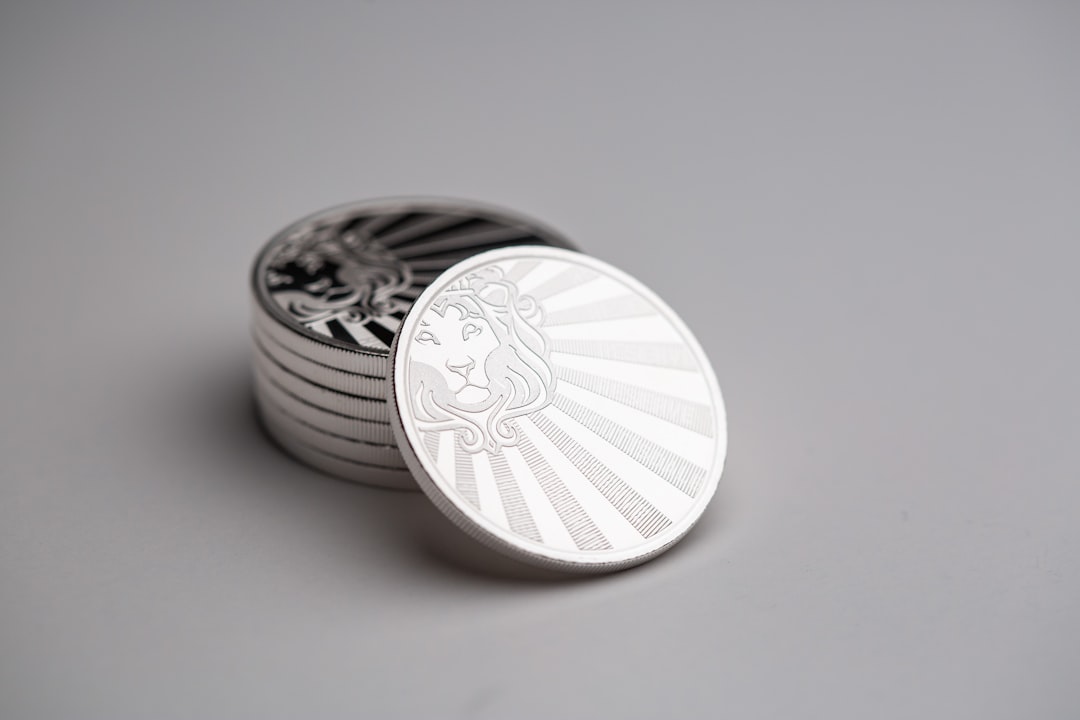What is it about?
Chemical reactions using a solid catalyst rely on complex atomic-scale interactions between the components of the catalyst surface. In this work, we isolate and study the interaction between tungsten oxide (WOx) and vanadium oxide (VOx), a catalyst combination used for the reduction of environmentally harmful nitric oxides to inert nitrogen gas. We find that VOx modifies the electronic structure of WOx, enhancing the catalyst acidity needed for the nitric oxide reduction reaction to take place.
Featured Image
Why is it important?
By clarifying how different catalytically active metal oxides interact with each other, we hope to contribute to the establishment of design rules for complex catalysts that will be more efficient and effective than their predecessors. Our surface science approach removes many of the complexities of real oxide-supported catalysts, allowing us to probe the important VOx-WOx interaction in depth. We accomplish this by 1) studying single crystal surfaces instead of structurally complex real catalyst particles, and 2) using a chemically inert "stage" (an Al2O3 single crystal surface) instead of the industrially preferred but chemically complex TiO2 catalyst support.
Perspectives
After making our model catalysts by atomic layer deposition, we solved their atomic-scale surface structures using synchrotron X-ray standing wave (XSW) imaging combined with quantum mechanical modeling. We then calculated the electronic states of the surface atoms and saw excellent agreement with X-ray photoelectron spectra. In particular, we found that W(6+) is slightly reducible, a property related to catalyst acidity, but only in the presence of V. It's especially interesting that V promoted the catalytic properties of W, not the other way around!
Martin E. McBriarty
Pacific Northwest National Laboratory
Read the Original
This page is a summary of: Atomic-Scale View of VO X –WO X Coreduction on the α-Al 2 O 3 (0001) Surface , The Journal of Physical Chemistry C, July 2015, American Chemical Society (ACS),
DOI: 10.1021/acs.jpcc.5b04802.
You can read the full text:
Contributors
The following have contributed to this page










